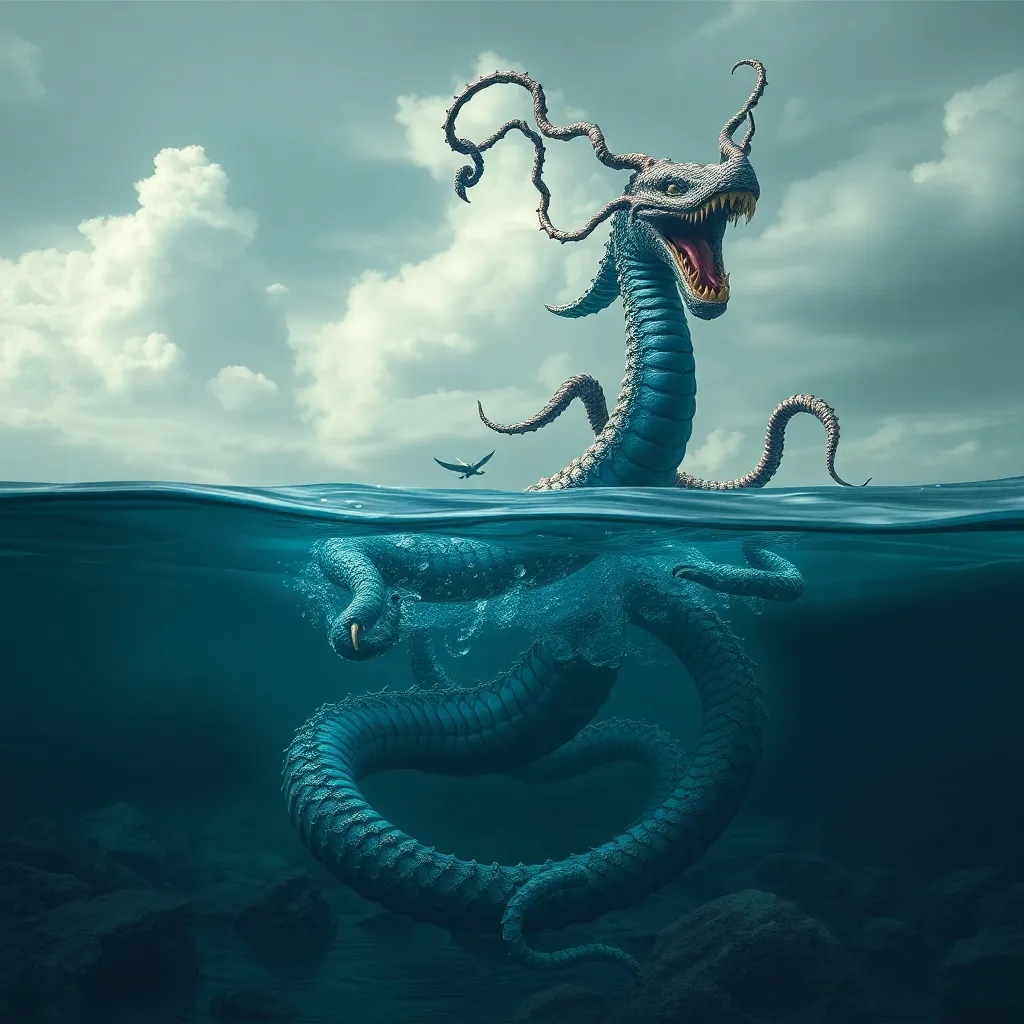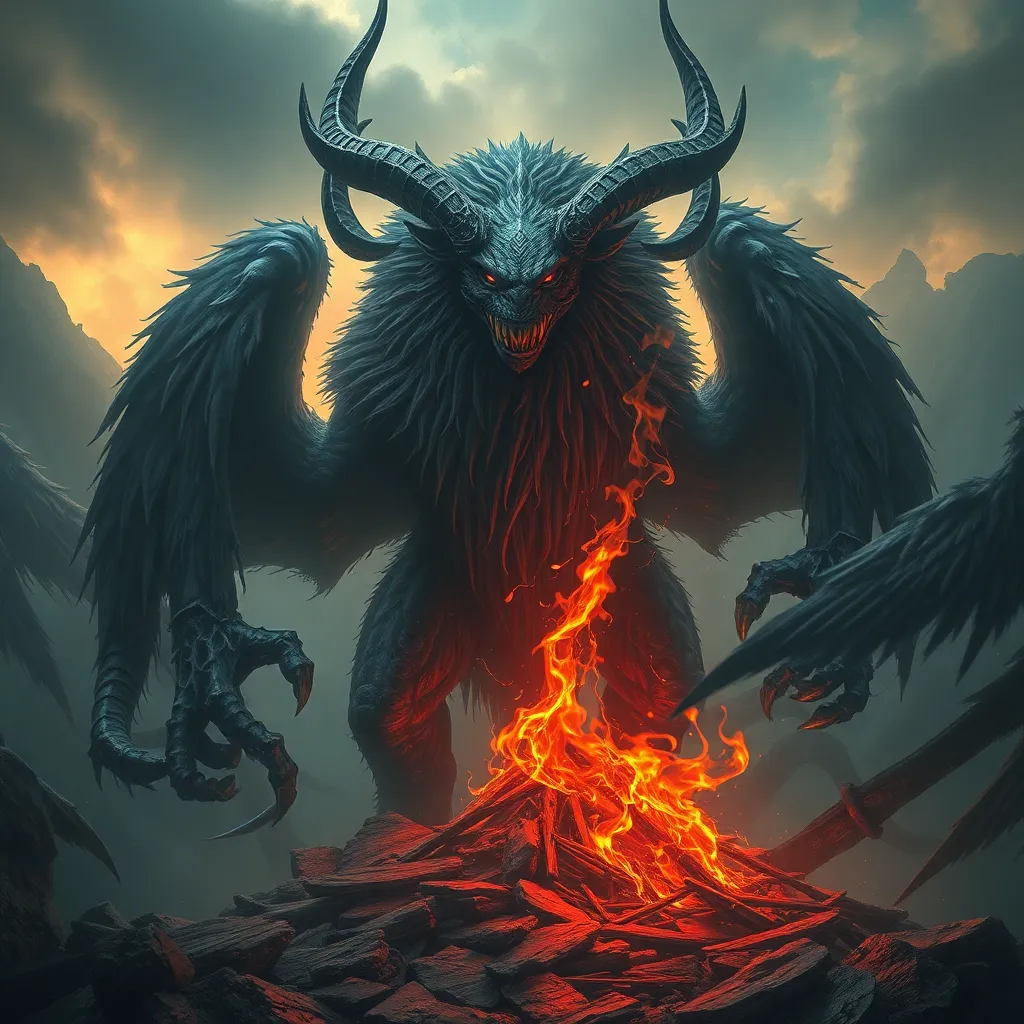Warriors of Old: The Most Dramatic Mythological Conflicts
I. Introduction
Mythological conflicts are epic battles that reflect the struggles of gods, heroes, and humanity, often serving as allegories for the complexities of life. These narratives are rich with symbolism and themes that explore the nature of good and evil, fate, and the human condition.
Warriors play a pivotal role in these mythological tales, representing the ideals of bravery, honor, and sacrifice. Through their struggles and victories, they embody the cultural values and beliefs of their societies.
This article will explore some of the most dramatic mythological conflicts across various cultures, highlighting the key figures, themes, and lessons that emerge from these timeless stories.
II. The Epic of Gilgamesh: A Battle Against Destiny
The Epic of Gilgamesh is one of the oldest known literary works, originating from ancient Mesopotamia. It follows the journey of Gilgamesh, a semi-divine king of Uruk, and his companion Enkidu, a wild man created by the gods.
One of the central conflicts in the epic arises when Gilgamesh and Enkidu confront Humbaba, the monstrous guardian of the Cedar Forest. Their battle against Humbaba symbolizes humanity’s struggle against nature and the inevitability of death.
- Themes of Friendship: The bond between Gilgamesh and Enkidu highlights the importance of companionship and loyalty.
- Mortality: The epic explores the fear of death and the quest for immortality, culminating in Gilgamesh’s realization that life is fleeting and should be cherished.
III. The Trojan War: Heroes and Tragedy
The Trojan War, a legendary conflict from Greek mythology, serves as a backdrop for numerous tales of heroism and tragedy. It was sparked by the abduction of Helen, the wife of Menelaus, by Paris of Troy.
Key warriors in this war include:
- Achilles: The greatest Greek warrior whose wrath and eventual fate drive much of the narrative.
- Hector: The noble Trojan prince and defender of Troy, representing duty and honor.
- Agamemnon: The leader of the Greek forces, whose pride and decisions impact the course of the war.
The role of divine intervention in this conflict is significant, as gods and goddesses take sides, shaping the outcomes of battles and the fates of the warriors involved.
IV. Norse Mythology: Ragnarok and the Final Battle
In Norse mythology, Ragnarok is the prophesied end of the world, marked by a great battle between the gods and their foes, including giants and monsters. Key figures in this cosmic conflict include:
- Odin: The Allfather and leader of the Aesir, who seeks to prevent the destruction of the world.
- Thor: The thunder god, known for his strength and bravery in battle.
- Loki: The trickster god whose actions lead to chaos and destruction during Ragnarok.
The prophecy of Ragnarok serves as a reminder of the inevitability of fate and the cyclical nature of existence, where death and rebirth are intertwined.
V. Hindu Epics: The Mahabharata and the Kurukshetra War
The Mahabharata is one of the longest epic poems in the world, detailing the conflict between two families, the Pandavas and the Kauravas, culminating in the great Kurukshetra War.
This epic is significant for its exploration of dharma (duty/righteousness) and the moral dilemmas faced by its characters:
- Arjuna: A central figure who struggles with the morality of fighting against his own relatives and mentors.
- Karna: A tragic hero whose loyalty and honor lead him to battle against the Pandavas.
The Kurukshetra War represents the broader human conflict between good and evil, as well as the complexities of moral choices.
VI. Celtic Warriors: The Legend of Cú Chulainn
Cú Chulainn is a legendary hero from Irish mythology, known for his incredible feats and tragic fate. His origins are steeped in magic and destiny, as he is the son of the god Lugh.
One of his most famous conflicts is against Queen Medb during the Cattle Raid of Cooley, where he single-handedly defends Ulster against Medb’s invading forces.
The themes present in Cú Chulainn’s story include:
- Honor: Cú Chulainn’s actions reflect the warrior ethos of loyalty and bravery.
- Fate: His tragic end serves as a poignant reminder of the inescapability of destiny.
- Sacrifice: The hero’s willingness to fight against overwhelming odds underscores the theme of sacrifice for one’s homeland.
VII. Chinese Mythology: The Battle of the Gods
In Chinese mythology, conflicts between gods and demons are central themes, with the Jade Emperor often portrayed as the supreme deity. Key texts like “Journey to the West” showcase these battles and their implications for humanity.
In these narratives, the struggles often reflect philosophical ideas such as:
- Balance: The need for harmony between good and evil forces.
- Wisdom: The importance of knowledge and strategy in overcoming adversaries.
These stories resonate with audiences, illustrating the moral lessons and values cherished in Chinese culture.
VIII. African Mythology: The Epic of Sundiata
The Epic of Sundiata tells the story of the founding of the Mali Empire and its legendary hero, Sundiata Keita. This epic highlights the conflicts faced by Sundiata as he seeks to reclaim his rightful place as king.
The central conflict is between Sundiata and Soumaoro Kanté, a formidable sorcerer and king. Key themes include:
- Resilience: Sundiata’s journey reflects the power of perseverance in the face of adversity.
- Identity: The epic explores themes of personal and cultural identity, emphasizing the importance of heritage and legacy.
- Cultural Legacy: Sundiata’s story serves as a foundation for the values and traditions of the Malinke people.
IX. The Influence of Mythological Conflicts on Modern Storytelling
The enduring nature of these mythological conflicts has significantly influenced contemporary literature and media. The archetypes of the warrior, the hero’s journey, and the struggle between good and evil continue to resonate with audiences today.
- Impact on Literature: Many modern authors draw inspiration from these ancient tales, weaving their themes into novels, poetry, and plays.
- Film and Television: Mythological conflicts have been adapted into numerous films and TV shows, bringing these stories to a wider audience.
- Pop Culture: Characters and narratives rooted in mythology often find their way into video games, comics, and other forms of entertainment.
The archetypes of mythological warriors continue to shape our understanding of heroism and moral complexity in storytelling.
X. Conclusion
Mythological conflicts serve as powerful narratives that explore the intricacies of human experience, highlighting the values, struggles, and aspirations of different cultures. From the Epic of Gilgamesh to the legends of Sundiata, these stories encapsulate the timeless themes of bravery, morality, and the search for identity.
As we continue to engage with these ancient tales, we uncover not only the legacies of the warriors who fought in these epic battles but also the enduring lessons that resonate across generations




